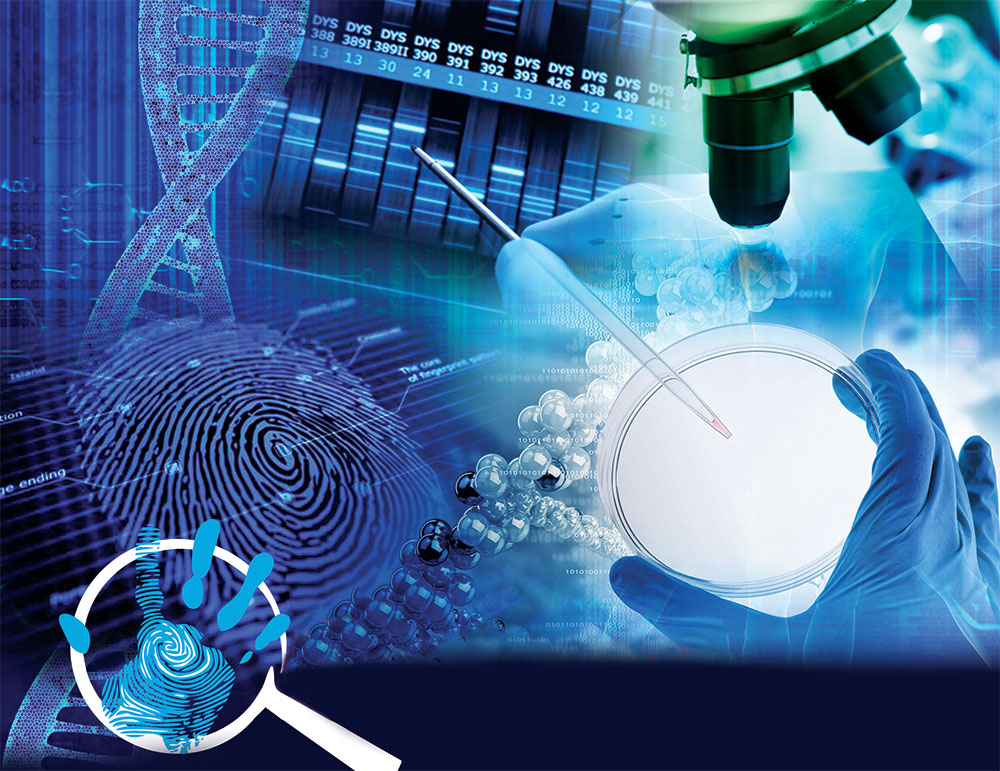In the world of forensic investigations, breakthroughs often emerge from unconventional sources. The latest frontier? Our fingerprints – those unique imprints we leave behind without a second thought. While fingerprints have long been used for identification, their potential as a hidden treasure trove of information about our drug exposure has recently come to light.
Recent scientific strides have unveiled a fascinating realm: the ability to detect drugs and their telltale traces within our fingerprints. Yes, you read that right – those swirls and ridges on your fingertips might hold clues about what you’ve recently been up to.
Imagine a crime scene. The investigator dusts for fingerprints, seeking clues to unravel the mystery. But these fingerprints reveal more than mere identification; they potentially unveil a person’s drug history. This cutting-edge technique has the potential to revolutionise forensic investigations, shining a light on drug involvement in various scenarios.
How Do Our Fingerprints Betray Our Secrets?
Advancements in analytical techniques have enabled scientists to detect drugs and their metabolites – byproducts formed when the body processes drugs – in fingerprints. By collecting and analysing these tiny residues left behind, researchers can uncover a person’s recent drug exposure. These traces persist even after the drugs have left the bloodstream, offering a unique window into past drug intake. In addition, this method makes for a much easier and non-invasive way than previous drug-testing approaches.
Unveiling Drug Exposure Windows
Experiments conducted on individuals who took single doses of different drugs, such as codeine, dextromethorphan, pseudoephedrine, and lidocaine, revealed varying detection windows. However, this did vary between subjects and studies so best not push your limits if you have a test coming up. From dextromethorphan, detected for a few hours, to pseudoephedrine, found for up to several dozen hours, each drug showcased a unique fingerprint presence duration.
Surprisingly, all tested compounds, except codeine, were detected for the first time in fingerprints. This highlights the potential of fingerprint analysis as a novel matrix for toxicological research – the study of the harmful effects of drugs on the body.
The Power of Long-Term Drug User Fingerprints
Long-term drug users’ fingerprints provided even more insights. Detecting drugs in these prints proved simpler, echoing previous findings in sweat and sebum(basically the oil on your skin) studies. This suggests that drug residues found in fingerprints might not only originate from blood but also from delayed elimination and drug depots within the body.
Metabolites: The Clues Within
Detecting drug metabolites within fingerprints remains a challenge, taking as an example the lack of success in finding any morphine, the metabolite of codeine, in any tests. Still, these metabolites could distinguish active use from passive exposure. Concentration discrepancies between parent drugs and metabolites were observed across multiple studies, shedding light on factors like how fast a drug travels through your system.

Real-Life Impact: Beyond Crime Scenes
So, how does this breakthrough impact society beyond crime-solving? The potential applications extend far beyond forensic investigations. Workplace drug testing, therapeutic monitoring, and understanding drug usage patterns in communities all stand to benefit from this technology.
In healthcare, this method could ensure patient compliance with prescribed medications, enhancing treatment outcomes. Environmental studies might also gain insights into drug exposure patterns within populations, contributing to a broader understanding of societal drug use impacts.
The Road Ahead: Challenges and Future Perspectives
While promising, standardisation of collection and analysis methods remains crucial for widespread adoption. Challenges persist in normalising sweat deposition pressure for accurate quantitative analysis, prompting the need for identifying endogenous biomarkers to enhance accuracy.
Our fingerprints, often overlooked as mere identification markers, hold the potential to uncover our drug secrets. This groundbreaking technique opens doors to a new era in forensic investigations, healthcare, and societal understanding of drug exposure. As research continues, the fingerprint’s role in unravelling drug mysteries seems destined to become an indispensable tool in various fields, offering a glimpse into our hidden drug histories.
Blog post by Alise Vaivare
Original article:
Piotr Adamowicz, Joanna Bigosińska, Dominika Gil, Marta Suchan, Bogdan Tokarczyk, Drugs detection in fingerprints, Journal of Pharmaceutical and Biomedical Analysis, Volume 238, 2024, 115835, ISSN 0731-7085, https://doi.org/10.1016/j.jpba.2023.115835.

